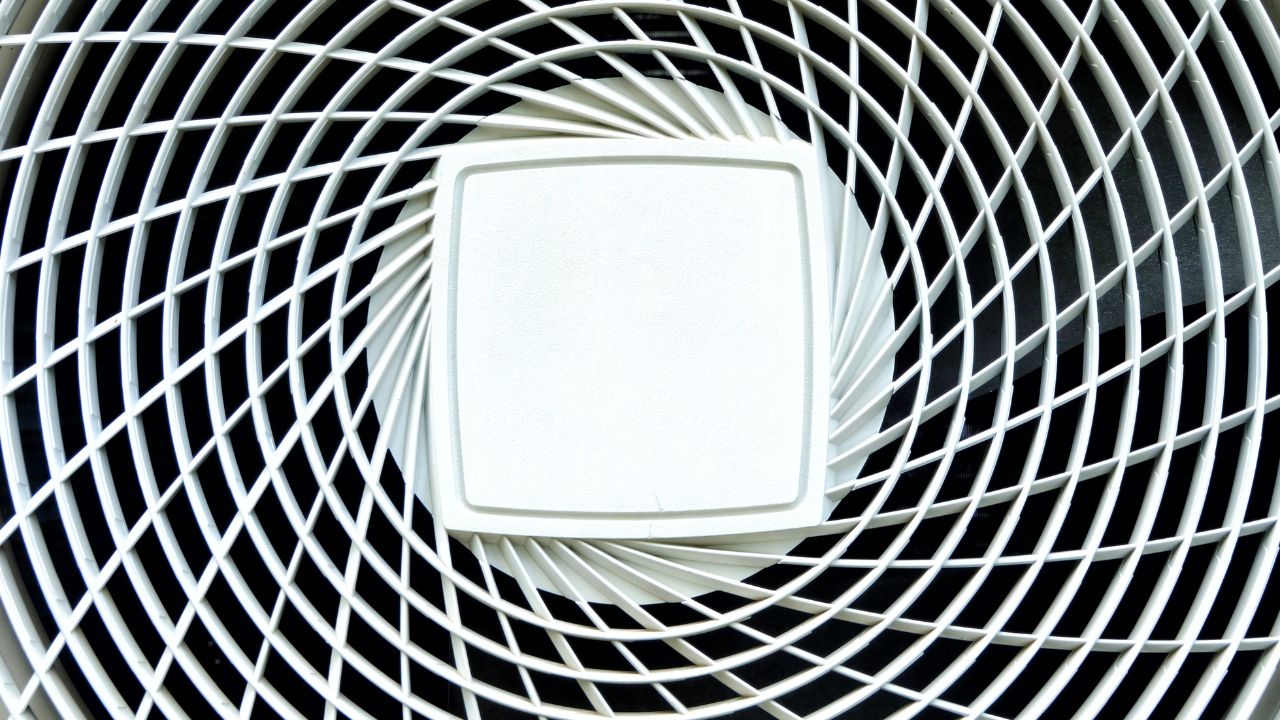Several choices exist for providing weather protection for your air conditioner. Tarps and air conditioner covers are two popular options. While both can be seen of as a form of armor, they are fundamentally different in terms of material, design and overall efficacy. This article will help you decide between a tarp and an air conditioner cover to keep your AC unit safe from the elements. To find out which is the best between covers and traps contact socool aircon.
1. Purpose:
Covers for air conditioners shield the units from dirt, debris, sunshine, and other environmental hazards. On the other hand, tarps can be used for a variety of purposes and may not be as effective at shielding air conditioners from the elements.
To get more information about the traps and the covers, pay a visit to https://www.socool.sg/.
2. Material:
Heavy-duty, weather-resistant fabrics like vinyl or polyester are commonly used to make air conditioner covers. These materials were selected because of their longevity and resistance to the elements. The materials used to create tarps range from canvas and polyethylene to vinyl and vinyl. Not all tarps are created equal, and some may not offer sufficient cover for air conditioners.
3. Fit and Design:
Covers for air conditioners are custom-made to wrap closely around the appliance for a snug and secure fit. Elastic hems and drawstrings are commonly used to provide a watertight fit. On the other hand, tarps tend to be more substantial, so you may need to resort to more elaborate techniques of anchoring them, such ropes or bungee cords. Air conditioner covers are more efficient at keeping dust and moisture out of your AC because of their custom fit and design.
4. Ventilation:
For an air conditioner to function at peak efficiency, enough ventilation is required. Covers for air conditioners typically have mesh panels or flaps that enable air to flow through while still providing safety. Condensation or overheating could occur if airflow is restricted by using a tarp, especially one without designated air vents.
5. Water Resistance:
Covers for air conditioners are often made to be waterproof or at least resistant to moisture. They are watertight because of details like taped seams and water-repellent finishes. Some tarps can also be waterproof, but they may not offer the exact same level of protection for your air conditioner because they weren’t made with it in mind.
6. UV Protection:
Damage to an air conditioner’s external parts from the sun and its UV radiation is a real possibility. UV protection is a common feature of air conditioner covers, and it serves to both shield the device from the sun and increase its useful lifespan. Tarps might not offer the same degree of UV protection, or leaving the AC out in the sun for too long can cause its parts to deteriorate.
7. Durability:
Covers for air conditioners are more resilient and can endure the elements than standard tarps. They are built to last and are resistant to rips, fades, and general deterioration. Some tarps are more sturdy and less prone to tears, while others wear out quickly and become useless.
8. Ease of Installation:
The covers for air conditioners are made to be quickly and easily put on and taken off. Zipper and Velcro fasteners are common features, allowing for quick and easy attachment to the device. When compared to purpose-built air conditioner covers, tarps can be less convenient due to their installation complexity and potential need for additional securing methods.
9. Aesthetics:
Covers for air conditioners are made to look sleek and natural so that they don’t stand out too much. They may be found in a wide range of colors and designs, giving homeowners plenty of room to experiment with what looks best in their backyard. On the other hand, traps tend to look more functional and could detract from the aesthetic value of your outdoor area.
10. Cost:
Covers and tarps for air conditioners range in price depending on factors including size, brand, and material. The majority of AC covers are made to fit a particular brand and model of AC unit.
11. Fire Resistance:
Covers for air conditioners are frequently constructed from fire-resistant materials, adding an extra layer of protection in the event of an accidental fire. Depending on the composition, tarps may not be as fireproof as other roofing options, which could be dangerous if combustibles or heat sources are nearby.
12. Resistance to Fading:
In order to avoid fading from the sun, most AC covers are coated with resistant to UV ray coatings or polymers. The cover’s colour and appearance will be preserved in this way. Sunlight can cause fading and discoloration in tarps, especially those produced from lower-quality fabrics.
